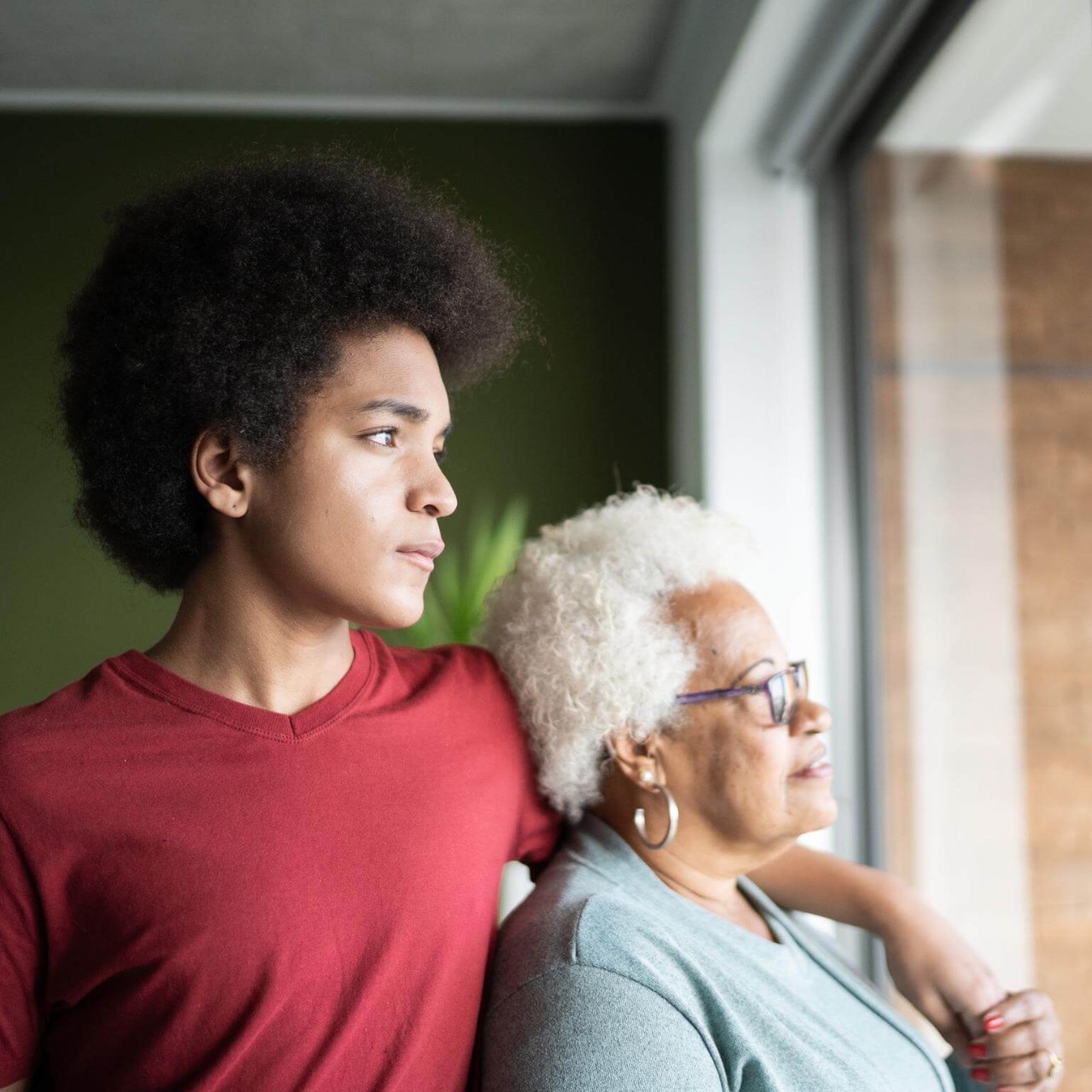IRS FAQs address SECURE 2.0 disaster relief


Qualified disaster recovery distributions
Section 401(k), 403(b), governmental 457(b) and money purchase plans can offer qualified disaster recovery distributions (QDRDs) to participants affected by federally declared disasters. SECURE 2.0 includes a series of guidelines for plans offering these payments.
Eligibility. A plan can offer QDRDs to a participant whose “principal place of abode” was in the disaster area at any time during the incident period (i.e., the period when the disaster occurred according to the Federal Emergency Management Agency) and who sustained an economic loss because of the disaster.
Maximum distribution. An eligible participant can take up to $22,000 in QDRDs per disaster. This limit applies in the aggregate to all of the participant’s accounts under the employer sponsor’s retirement plans and individual retirement arrangements (IRAs). However, plan sponsors are only responsible for ensuring that a participant’s aggregate distributions from plans in the sponsor’s controlled group don’t exceed the QDRD limit.
Distribution rules. QDRDs aren’t subject to early withdrawal penalties. QDRDs also satisfy the distribution rules for 401(k), 403(b), governmental 457(b) and money purchase plans, so those plans can offer the distributions to participants who otherwise haven’t had a distribution event under the plan (such as severance from employment, death, disability or financial hardship). However, SECURE 2.0 didn’t change the distribution rules for defined benefit or other types of retirement plans, so those plans may not make QDRDs unless the participant is otherwise eligible for a distribution (for example, an in-service distribution at age 59-1/2 or later).
Repayment. Participants who take a QDRD have the option to repay all or part of it during the three years after the distribution is received. A QDRD repayment is treated as an eligible rollover distribution that can be paid to any qualified or 403(b) plan that accepts rollover contributions or to an IRA.
FAQ guidance
The FAQs clarify the following about QDRDs:
- Adoption is optional. Although SECURE 2.0 is silent on whether sponsors must offer QDRDs, the FAQs state explicitly that this is optional.
- Reasonable representations permitted. A plan administrator may rely on a participant’s reasonable representation of eligibility for a QDRD, unless the administrator or “other responsible person” has actual knowledge to the contrary.
- Accepting repayment. As noted above, QDRD repayments are treated as rollover contributions. IRS “anticipates” that plans accepting rollovers will accept QDRD repayments but stops short of saying plans must do so. Instead, the agency suggests that a plan’s usual terms on accepting rollovers can control. IRS also says that plans that don’t already accept rollovers needn’t change rollover terms or administrative procedures to accept these repayments.
- Reporting. Plans that pay QDRDs report the distributions on IRS Form 1099-R, Distributions from Pensions, Annuities, Retirement or Profit-sharing Plans, IRAs, Insurance Contracts, etc. for the year the distribution is made. Reporting is required, even if the employee repays the distribution in the same year.
Plan loan relief
Section 401(k), 403(b) and governmental 457(b) plans can offer the following plan loan relief to individuals who satisfy the eligibility conditions for QDRDs:
- Plans may temporarily double the maximum plan loan to the lesser of $100,000 or 100% of the participant’s vested benefit.
- Plans may temporarily suspend for up to one year loan repayments due during the incident period and up to 180 days afterward.
FAQ guidance
The FAQs clarify that sponsors can treat plan loan relief like QDRDs: Sponsors aren’t required to offer it, and plan administrators — absent actual knowledge to the contrary — can rely on a participant’s reasonable representation of eligibility for the relief.
The fact sheet also confirms that sponsors offering the plan loan relief can follow prior IRS guidance in Notice 2005-92 on similar relief for victims of Hurricane Katrina. That notice includes a safe harbor method for applying the suspension of loan repayments. Under the safe harbor, plans offering SECURE 2.0’s loan relief can suspend repayments for up to the entirety of the incident period plus 180 days. At the end of the suspension, the loan term is extended by the length of the suspension, and the loan balance is adjusted for interest accrued during the suspension and reamortized so the balance can be paid off in level installments for the remainder of the loan period.
Repayment of distributions for home purchases
FAQ guidance
Reliance on fact sheet
Related resources
Non-Mercer resources
- Fact sheet (IRS, May 6, 2024)
- Notice 2005-92 (IRS, Dec. 19, 2005)
Mercer Law & Policy resources
- User's guide to SECURE 2.0 (regularly updated)
- Taking a closer look at SECURE 2.0’s penalty-free distribution provisions (March 13, 2023)

